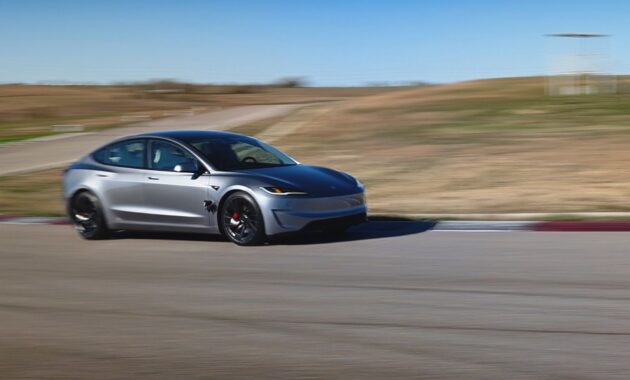Tesla’s Ambitious Roadmap for 2025
By 2025, Tesla aims to be far more than just an electric vehicle (EV) manufacturer. Elon Musk’s vision extends to a fully integrated ecosystem encompassing energy generation, storage, and autonomous driving technology. This article delves into the key areas shaping Tesla’s trajectory in 2025, exploring both the likely advancements and the challenges they face.
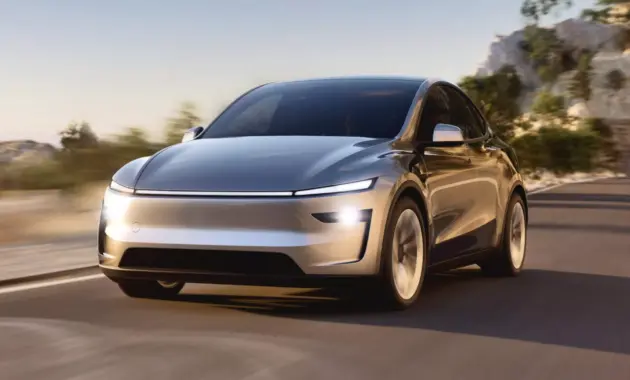
Vehicle Production and Sales
Tesla’s production capacity is a crucial factor in determining its success. By 2025, we anticipate significantly increased production from their existing Gigafactories and the addition of new facilities. The Cybertruck, long-awaited by enthusiasts, is projected to be in full-scale production, potentially contributing significantly to sales figures. Further expansion into diverse vehicle segments, beyond sedans and SUVs, could also bolster their market share. Competition will undoubtedly be fierce, with established automakers rapidly expanding their EV offerings, making Tesla’s ability to innovate and maintain its brand appeal paramount.
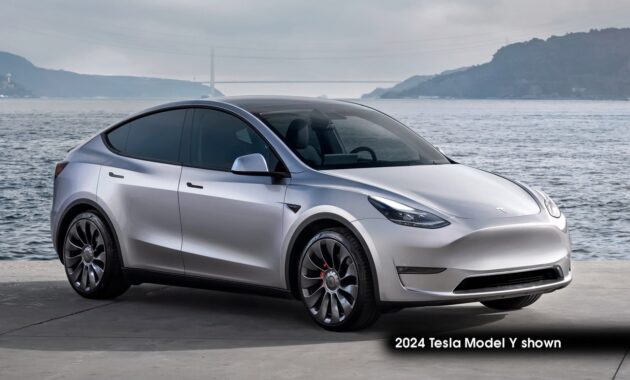
The market penetration of EVs globally is another key consideration. Government regulations and incentives play a significant role in shaping consumer choices. Success in 2025 hinges on Tesla’s ability to adapt to evolving market dynamics and successfully navigate potential trade barriers and supply chain disruptions.
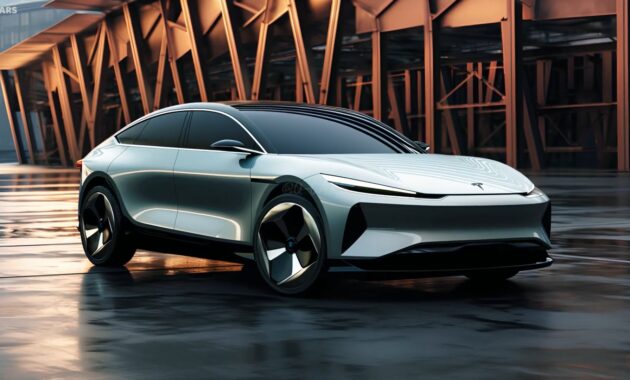
Autonomous Driving (Full Self-Driving or FSD)
Tesla’s Full Self-Driving (FSD) capability is a highly anticipated and debated feature. By 2025, the level of autonomy achieved will be a defining factor. While achieving fully autonomous driving across all conditions remains a significant technological challenge, incremental improvements and expansion of FSD’s capabilities are expected. The regulatory landscape surrounding autonomous vehicles is complex and varies across jurisdictions, presenting both opportunities and hurdles for Tesla’s FSD rollout.
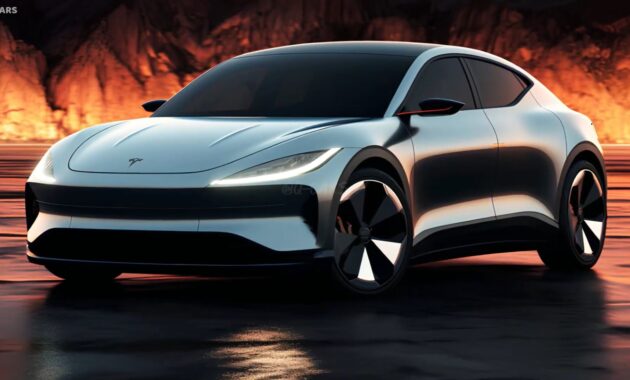
The safety and reliability of FSD remain critical concerns. Public perception and confidence are vital for widespread adoption. Tesla will need to demonstrate consistent and verifiable safety data to overcome skepticism and regulatory hurdles. The potential for liability in the event of accidents involving FSD-equipped vehicles also represents a major legal and financial risk.
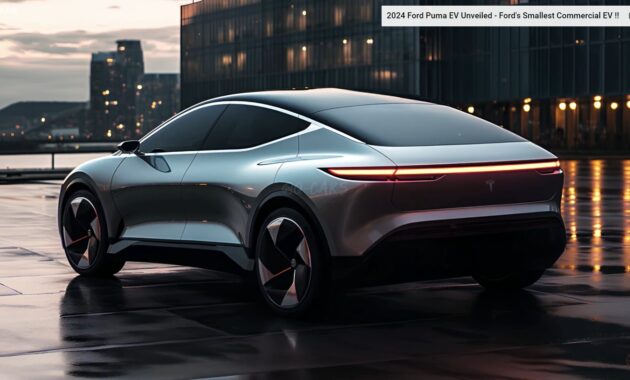
Energy and Infrastructure
Tesla’s energy business, encompassing solar panels, Powerwall home batteries, and Megapack utility-scale energy storage, is poised for substantial growth. This segment complements Tesla’s vehicle business by creating a synergistic ecosystem. The increasing demand for renewable energy solutions will likely drive significant growth in this area. However, competition from established energy companies and startups will require Tesla to continuously innovate and offer competitive pricing and solutions.
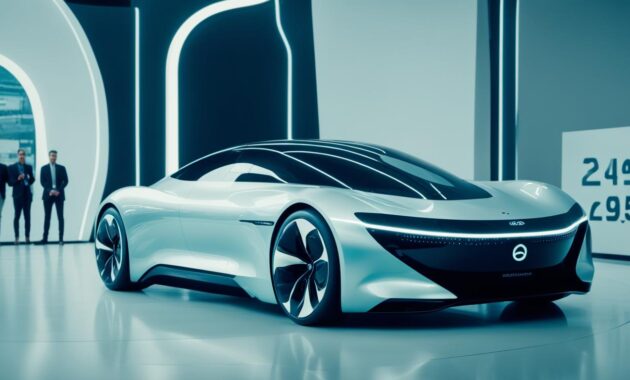
Expanding the Supercharger network remains crucial for Tesla’s EV adoption strategy. The global reach and reliability of this network are key selling points. Further investment in charging infrastructure, potentially including partnerships with other companies or integration with existing charging networks, will likely be a focus in 2025.
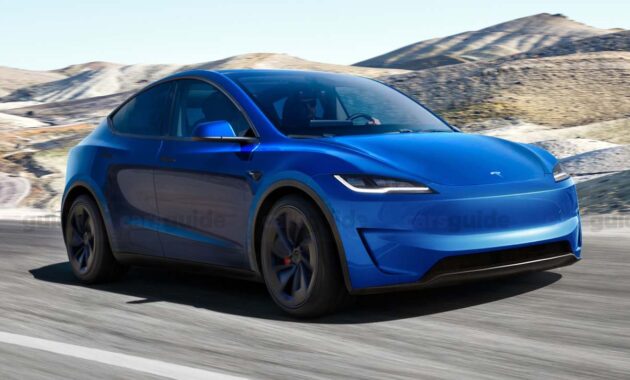
Technological Innovations and Research and Development
Tesla’s ongoing investment in research and development (R&D) is vital for maintaining its technological edge. Battery technology advancements, improved motor efficiency, and further refinement of autonomous driving capabilities are all areas of focus. The development of new materials and manufacturing processes could drastically improve vehicle performance, range, and cost-effectiveness. Competition in the EV sector necessitates a continuous cycle of innovation, requiring substantial financial investment and skilled workforce.
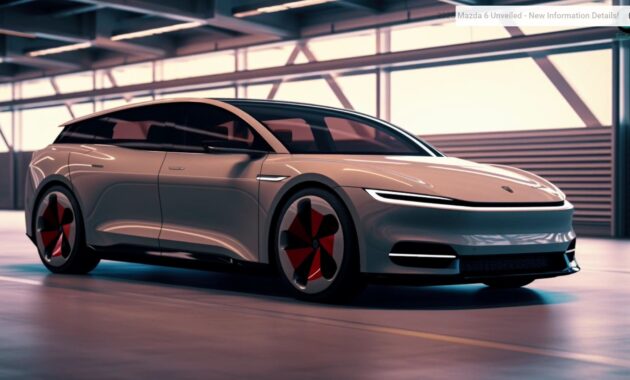
The integration of artificial intelligence (AI) into various aspects of Tesla’s operations will likely accelerate. AI plays a crucial role in autonomous driving, production optimization, and enhancing user experience. Securing and retaining top AI talent will be essential for maintaining a competitive advantage.
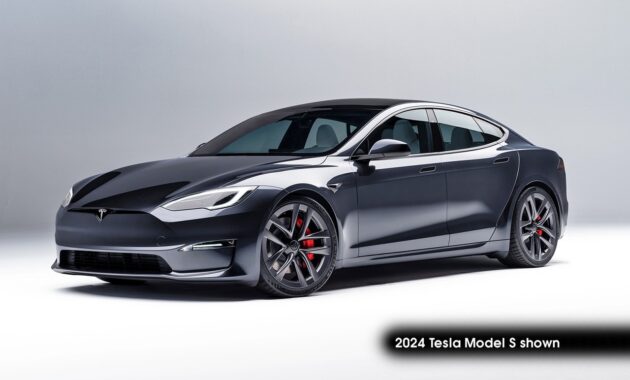
Challenges and Risks
Despite Tesla’s ambitious plans, several challenges and risks exist. Maintaining consistent production quality while scaling up production remains a significant challenge. Supply chain disruptions, material cost fluctuations, and competition from established automakers all pose significant threats. Successfully navigating geopolitical uncertainties and regulatory changes will also be crucial.
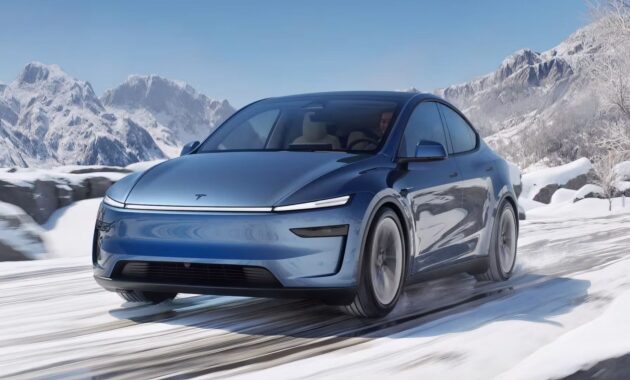
Furthermore, Tesla’s dependence on Elon Musk’s leadership and vision presents a potential risk. Maintaining a positive corporate culture and addressing concerns about workplace conditions will be critical for the company’s long-term success.
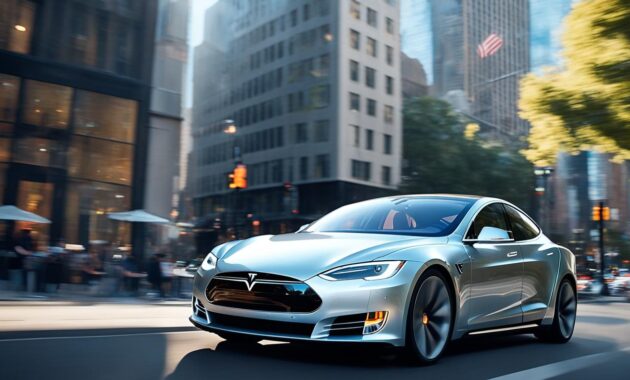
Conclusion: Tesla in 2025 – A Bold Vision
Tesla’s vision for 2025 is ambitious and transformative. Its success will depend on its ability to overcome significant challenges, innovate continuously, and adapt to evolving market conditions. While the path ahead is not without obstacles, Tesla’s technological prowess, strong brand recognition, and first-mover advantage in the EV market position it well for continued growth and market leadership. However, the competitive landscape is intensifying, and maintaining its momentum will require relentless focus and execution.
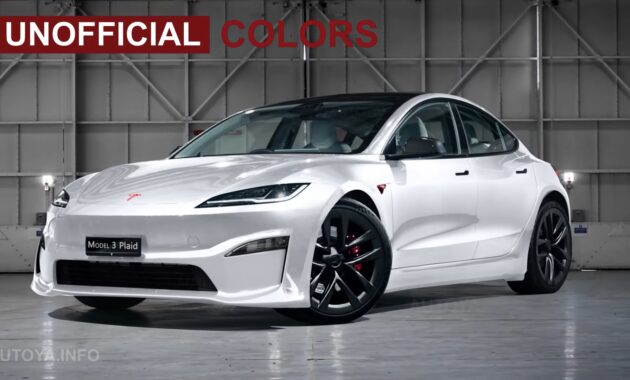
Potential Scenarios for 2025:
- Optimistic Scenario: Tesla significantly expands its market share, Cybertruck becomes a sales success, FSD achieves wider adoption, and the energy business flourishes.
- Neutral Scenario: Tesla maintains its current market position, faces intensified competition, and makes steady progress in FSD and energy technologies.
- Pessimistic Scenario: Tesla faces significant production challenges, FSD adoption remains limited, and faces stronger competition from established automakers, leading to slower growth.
